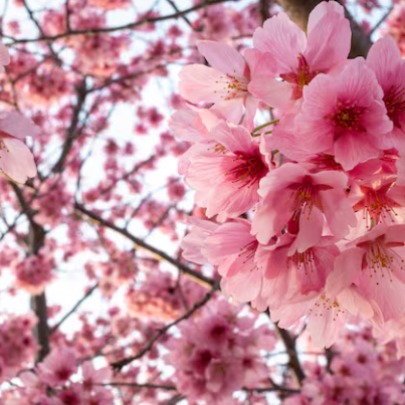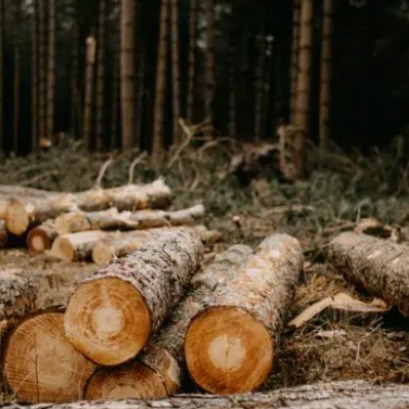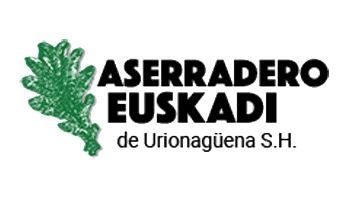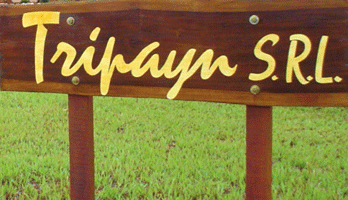
Destacan el potencial de la foresto industria
De los Rios hizo un balance del Congreso Maderero.
El ministro de Produccion y Desarrollo
Sustentable Martin de los Rios destaco las acciones para promocionar y
financiar la implantacion de bosques cultivados, y tambien para impulsar la
industria bioenergetica, ambas con beneficiosos impactos ambientales. En
relacion al 145° Congreso Maderero que tuvo lugar en Oran, coorganizado por la
Federacion Argentina de Industria Maderera y Afines FAIMA y el Centro de
Obrajeros del Norte, el funcionario senalo su satisfaccion de que se realizara
en Salta, y fundamentalmente en Oran "que fue historicamente tierra de
aserraderos".
El funcionario indico que generar mas
reforestacion significa menor presion a los bosques nativos, "en una
provincia como la nuestra que tiene la mayor superficie del pais".
"En el Congreso Maderero sobre todo
trabajamos en armonizar normas nacionales. Si bien estan previstos distintos
tipos de financiamiento, entendemos la necesidad de actualizar los mecanismos
con el fin de que lleguen a los productores y de esa forma poder generar mas
bosques cultivados, no solo de especies exoticas de rapido crecimiento, sino
tambien especies autoctonas que a la postre tienen mayor valor", enfatizo
el titular de la cartera productiva y explico que se trata de una cadena
productiva de lento retorno por el periodo que toma el desarrollo de cada
arbol.
En relacion a la industria de
biocombustibles, de los Rios destaco el beneficioso impacto ambiental que
generaria aumentar paulatinamente el corte de biocombustibles en las naftas.
"Es algo que no valoramos en su total dimension" – subrayo –
"Las cadenas bioenergeticas generan arraigo, empleo y valor en origen.
Agregar valor a nuestra produccion primaria, como el caso de la cana de azucar,
de la cual se genera bioetanol.
Destaco el trabajo realizado en el marco de
la Liga Bioenergetica de Provincias, que Salta integra: "Presentamos al
secretario de Bioeconomia Fernando Vilella un proyecto".
El funcionario indico que otras de las
politicas publicas promovidas por el Gobierno Provincial es el acceso de los
productores al mercado de creditos de carbono para bosques implantados, tanto
de especies nativas como exoticas. En ese sentido destaco la experiencia del
proyecto Selvas de Urundel que ya fue certificado por VERRA.

IT MAY INTEREST YOU
 Color the streets pink and white in spring: which is the most beautiful tree in the world and why, according to AI
Color the streets pink and white in spring: which is the most beautiful tree in the world and why, according to AI
Its delicate branches, the soft tones of its petals and the harmonious shape of the tree make it an almost poetic image.One of the most beautiful trees in the world, according to an analysis of artificial intelligence, is the Japanese cherry tree (Sakura). Its fame is not only due to its visual appearance, but also because it is a symbol of culture.
 National, regional and sectoral authorities participated in the opening ceremony of ExpoFerretera 2�25
National, regional and sectoral authorities participated in the opening ceremony of ExpoFerretera 2�25
Buenos Aires, October 2�25 – At the opening ceremony they coincided representatives of the entire hardware value chain. There, the main Sector leaders ratified the strategic role that the spaces of meeting and networking. Furthermore, the second day of the event passed with an agenda full of activities.
 Unprecedented Forest Crisis: with 8.1 million hectares destroyed, the goal of zero deforestation is in danger
Unprecedented Forest Crisis: with 8.1 million hectares destroyed, the goal of zero deforestation is in danger
A new report warns that the planet is experiencing an unprecedented forest crisis. In 2�24, forests suffered large-scale destruction with a permanent loss of almost 8.1 million hectares worldwide.





















